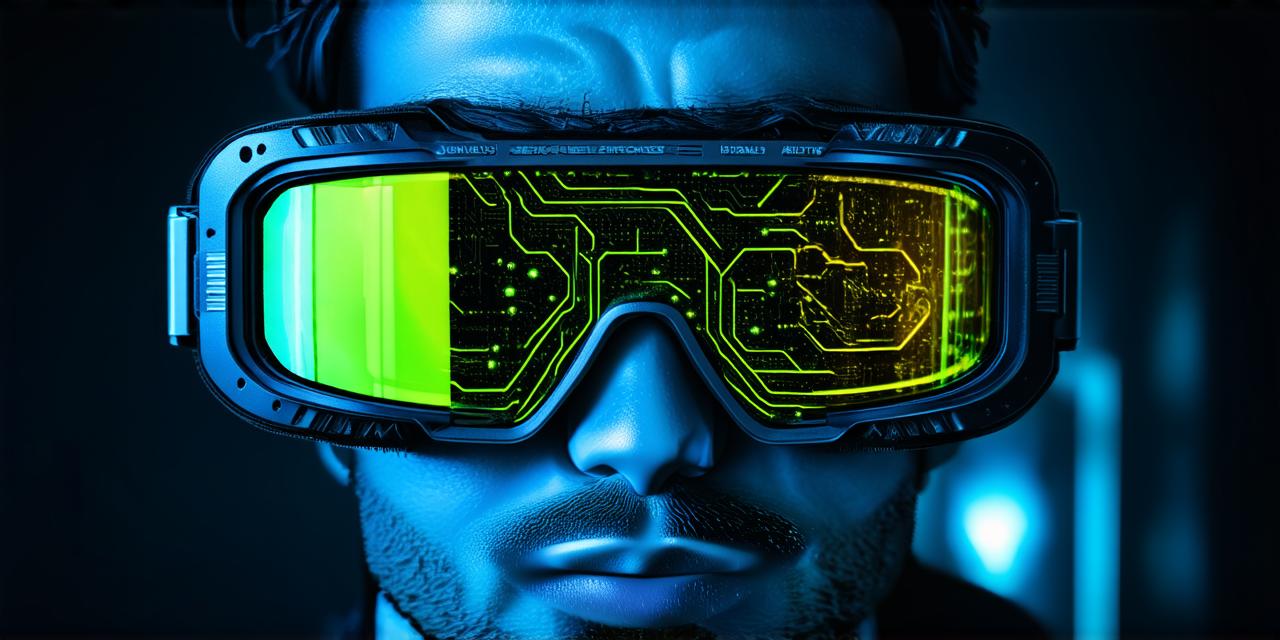What is Virtual Reality?
Virtual reality technology uses a head-mounted display (HMD) to provide users with an immersive experience that simulates a real-world environment. The HMD tracks the user’s movements and adjusts the virtual world accordingly, allowing them to interact with objects in a way that feels realistic. There are two main types of VR technology: room-scale and standalone.
The Advantages of Virtual Reality Technology
Virtual reality technology has numerous advantages that make it an attractive option for various industries. Some of the most significant advantages include:
- Immersive Experience: VR provides users with a fully immersive experience, allowing them to step into a digital world and interact with it as if it were real. This can be particularly useful in training simulations, where users need to perform complex tasks in a safe environment.
- Increased Engagement: VR technology has been shown to increase engagement and retention rates for training and educational programs. This is because the immersive nature of VR makes it more difficult for users to disengage from the experience.
- Cost-Effective: VR technology can be cost-effective in the long run, as it eliminates the need for expensive equipment or travel expenses associated with traditional training methods.
- Accessibility: VR technology is accessible to a wide range of users, regardless of their physical abilities or location. This makes it particularly useful for remote work and collaboration, where teams are not physically located in the same place.
The Future of Virtual Reality Technology
Virtual reality technology is constantly evolving, with new advancements being made all the time. Some of the most exciting developments in VR include:
- Wireless Headsets: Wireless headsets are becoming increasingly popular, as they eliminate the need for cords and allow users to move around more freely. This makes them particularly useful for industries such as gaming and entertainment, where users need to be able to move quickly and easily.
- Haptic Feedback: Haptic feedback technology allows users to feel sensations in the virtual world, making the experience more immersive and realistic. This technology is expected to continue to evolve in the coming years, with new advancements being made in areas such as haptic gloves and vests.
- Augmented Reality: Augmented reality (AR) technology allows users to overlay digital information onto the real world. AR is often used in conjunction with VR to create more interactive and engaging experiences. As AR technology continues to evolve, we can expect to see it become an even more important part of the VR ecosystem.
- Artificial Intelligence: Artificial intelligence (AI) is already being used in some VR applications, such as chatbots and virtual assistants. However, as AI technology continues to advance, we can expect to see it become an even more integral part of VR experiences in the future.
Case Studies in Virtual Reality Technology
Virtual reality technology has already been applied to a wide range of industries, including healthcare, education, and gaming. Here are some examples of how VR is being used in these industries:
- Healthcare: In healthcare, VR technology is being used for training simulations, allowing doctors and nurses to practice complex procedures in a safe environment. VR is also being used in therapy sessions, where patients can use the immersive nature of VR to overcome phobias or anxiety disorders.
- Education: In education, VR technology is being used to create more engaging and interactive learning experiences for students. This includes virtual field trips, simulations of historical events, and even language learning programs that immerse users in a foreign culture.
- Gaming: In gaming, VR technology is being used to create more immersive and realistic gameplay experiences. This includes first-person shooter games, sports simulations, and even virtual reality escape rooms.
